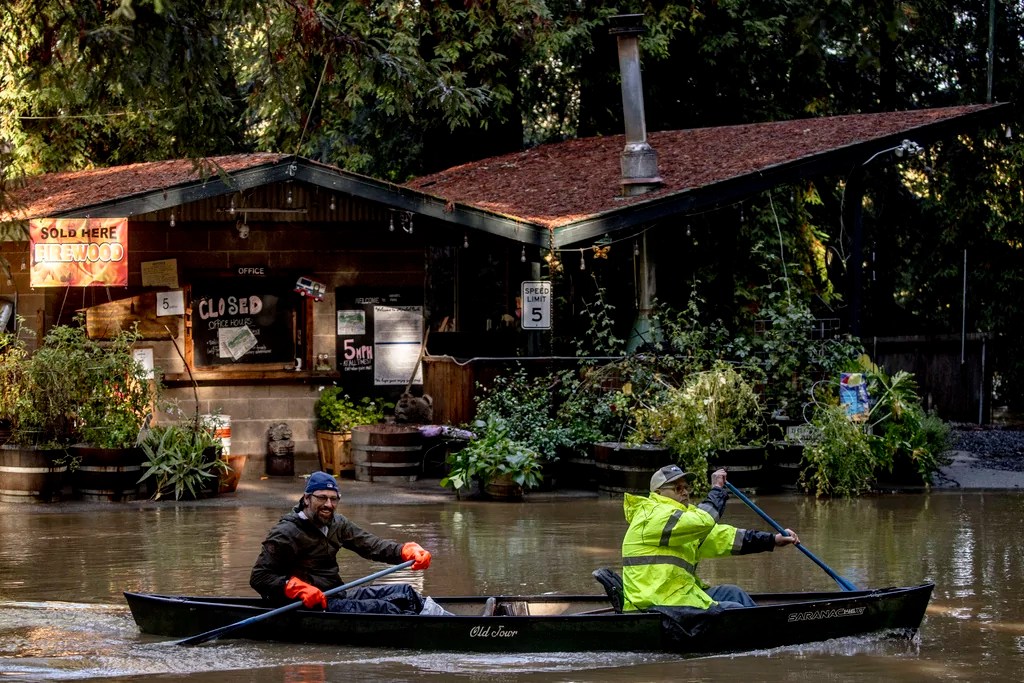Kyle Rittenhouse Acquitted of All Charges

By Nathan Layne
KENOSHA, Wis. (Reuters) — A jury acquitted Kyle Rittenhouse on Friday on charges that he murdered two men and attempted to kill a third with his semi-automatic rifle during chaotic 2020 racial justice protests in Wisconsin, determining that the teenager acted in self-defense.
A 12-member jury found Rittenhouse, 18, not guilty on two counts of homicide, one count of attempted homicide, and two counts of recklessly endangering safety during street protests marred by arson, rioting and looting on Aug. 25, 2020, in the working-class city of Kenosha.
His trial polarized America, highlighting gaping divisions in U.S. society around contentious issues like gun rights.
Rittenhouse shot and killed Joseph Rosenbaum, 36, and Anthony Huber, 26, and fired a bullet that tore a chunk off the arm of Gaige Grosskreutz, 28.
In reaching their verdicts after more than three days of deliberations, the jury contended with duelling narratives from the defense and prosecution that offered vastly different portrayals of the teenager’s actions on the night of the shootings.
The defense argued that Rittenhouse had been repeatedly attacked and had shot the men in fear for his life. They said he was a civic-minded teenager who had been in Kenosha to protect private property after several nights of unrest in the city south of Milwaukee.
The unrest followed the police shooting of a black man named Jacob Blake, who was left paralyzed from the waist down.
The prosecution portrayed Rittenhouse as a reckless vigilante who provoked the violent encounters and showed no remorse for the men he shot with his AR-15-style rifle.
Live-streamed and dissected by cable TV pundits daily, the trial unfolded during a time of social and political polarization in the United States. Gun rights are cherished by many Americans and are enshrined in the U.S. Constitution even as the nation experiences a high rate of gun violence and the easy availability of firearms.
Rittenhouse, who testified that he had no choice but to open fire to protect himself, is viewed as heroic by some conservatives who favor expansive gun rights and consider the shootings justified. Many on the left view Rittenhouse as a vigilante and an embodiment of an out-of-control American gun culture.
Protests against racism and police brutality turned violent in many U.S. cities after the police killing of Black man George Floyd in Minneapolis three months before the Kenosha shootings.
The Rittenhouse verdict ended the highest-profile U.S. civilian self-defense case since a man named George Zimmerman was acquitted in the fatal shooting of Trayvon Martin, an unarmed Black teenager, in Florida in 2013.
With so much of that night in Kenosha caught on cellphone and surveillance video, few basic facts were in dispute. The trial instead focused on whether Rittenhouse acted reasonably to prevent “imminent death or great bodily harm,” the requirement for using deadly force under Wisconsin law.
The prosecution, led by Kenosha County assistant district attorney Thomas Binger, sought to paint Rittenhouse as the aggressor and noted he was the only one to kill anyone that night.
FULL METAL JACKET
Rittenhouse’s gun was loaded with 30 rounds of full metal jacket bullets, which are designed to penetrate their target. The jury saw a series of graphic videos, including the moments after Rittenhouse fired four rounds into Rosenbaum, who lay motionless, bleeding and groaning. Other video showed Grosskreutz screaming, with blood gushing from his arm.
Rittenhouse testified in his own defense last Wednesday in the trial’s most dramatic moment—a risky decision by his lawyers given his youth and the prospect of tough prosecution cross-examination. Rittenhouse broke down sobbing at one point but emphasized that he fired upon the men only after being attacked.
“I did what I had to do to stop the person who was attacking me,” he said.
Rittenhouse testified that he shot Huber after he had struck him with a skateboard and pulled on his weapon. He said he fired on Grosskreutz after the man pointed the pistol he was carrying at the teenager—an assertion Grosskreutz acknowledged under questioning from the defense. Rittenhouse testified that he shot Rosenbaum after the man chased him and grabbed his gun.
(Reporting by Nathan Layne in Kenosha, Wisconsin. Editing by Ross Colvin, Will Dunham, and Alistair Bell.)
" Conservative News Daily does not always share or support the views and opinions expressed here; they are just those of the writer."





Now loading...